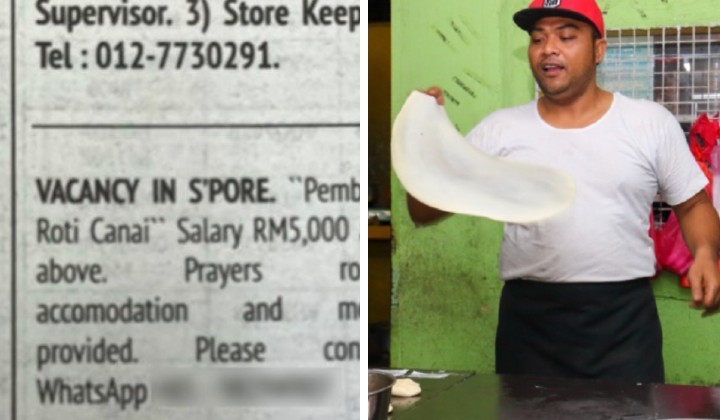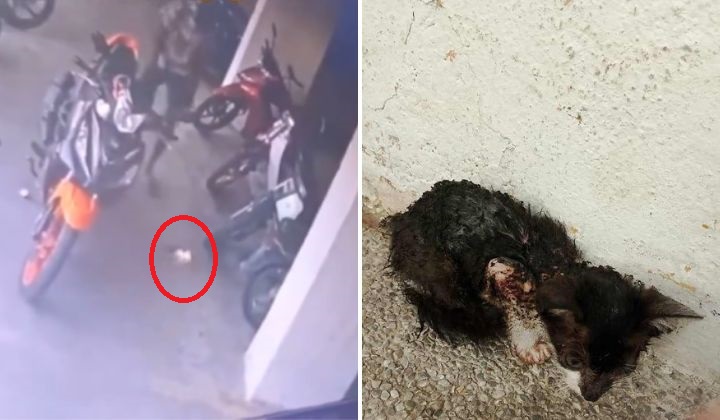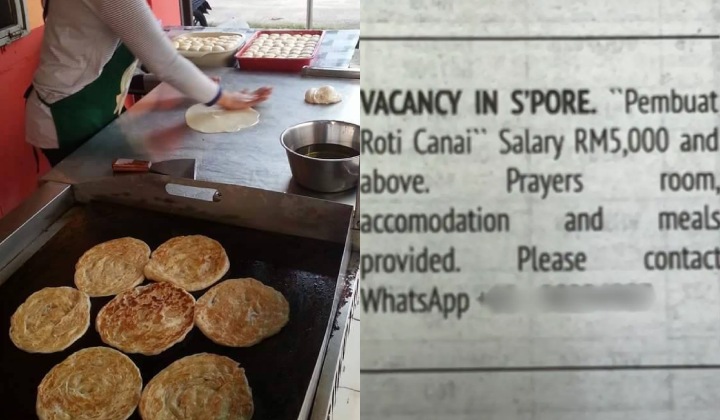The Dhal You’re Eating At The Mamak Is Not Actually “Dhal”
Dhal, daal, dal? It’s actually sambar.
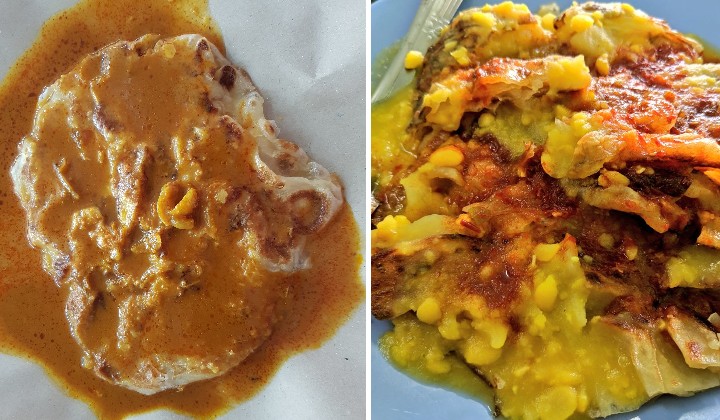
Subscribe to our Telegram channel for the latest stories and updates.
Dhal is probably the first introduction to “curry” for many Malaysians. It’s ubiquitous, not very spicy, flavourful, and goes incredibly well with any roti of your choice. Kids love it, adults love it, even the stray cats hanging around eateries love it.
There’s even a roti dish called roti banjir where the entire point is to drown a piece of roti in a hefty amount of dhal. The more dhal the merrier!
READ MORE: 17 Special Types Of Roti You Might Not Know At Your Malaysian Mamak Restaurant
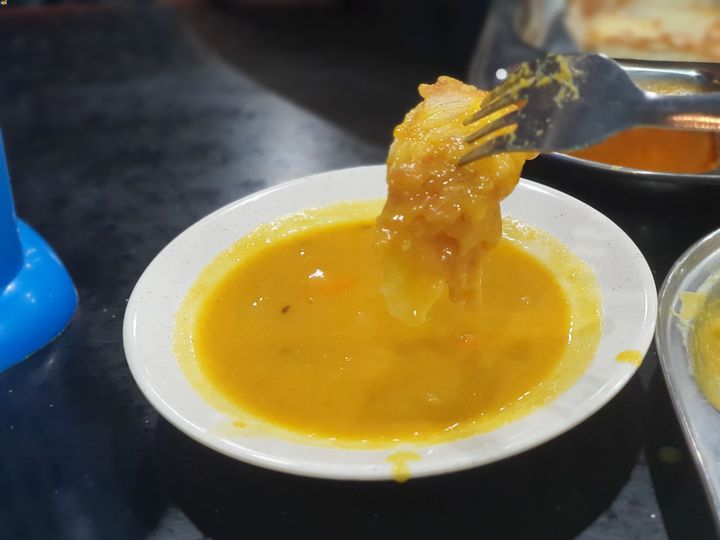
(Credit: Anne Dorall/TRP)
But you may be surprised to learn that what we love to eat is not actually dhal.
Dhal? It’s Sambar.
The dhal that usually comes with our roti is often a dark yellow watery split pigeon pea (toor dhal) stew with an assortment of vegetables, most often with carrots and potatoes, though some places jazz it up with lady’s fingers or eggplant. There is usually a generous sprinkle of mustard seeds (the small round black spices that like to hide in between your teeth) or cumin seeds (the ones that taste a little like mint when you accidentally bite it) too.
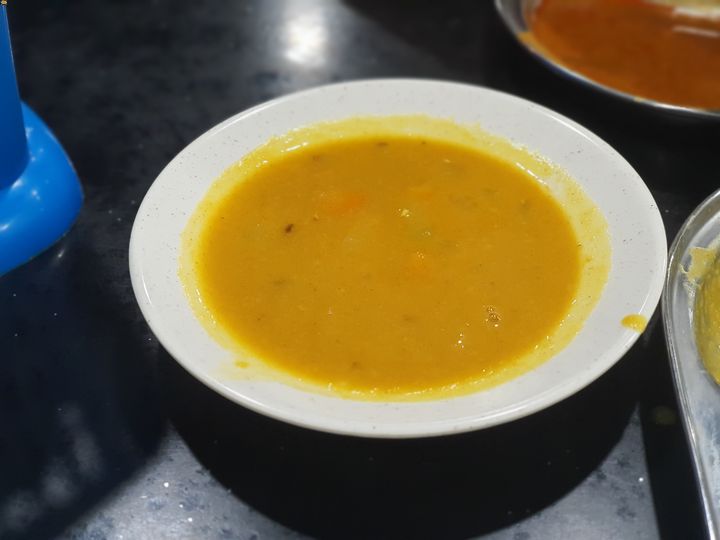
(Credit: Anne Dorall/TRP)
Sounds about right? Yep, that’s actually the ingredients and cooking method for sambar, which is actually more accurately known worldwide as a lentil-based vegetable stew.
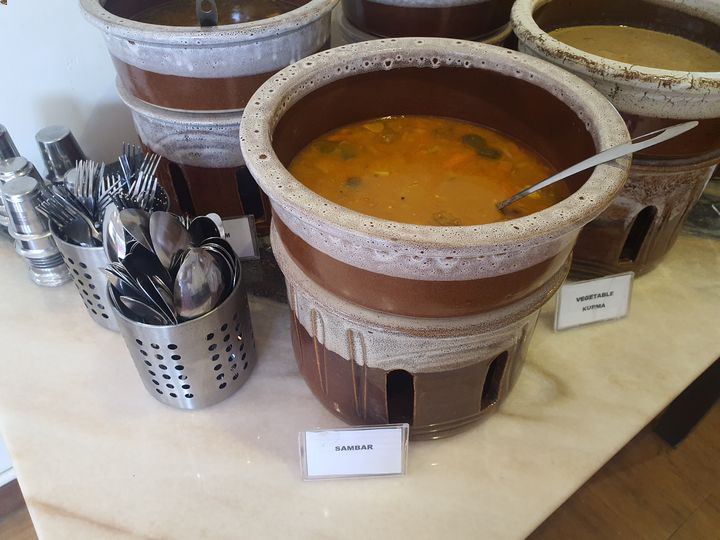
(Credit: Anne Dorall/TRP)
But We Also Have Actual ‘Dhal’
To make things more interesting, we also have what is actually more often known as dhal. Except we also call it ‘dhal‘.
This dhal is more accurately known as masoor dhal, which is a lentil stew made with red lentils and not pigeon peas. Usually, other than some onion for fragrance and tomato for acidity, other vegetables aren’t added to this.
It is brighter yellow and thicker in consistency with visible lentils in the stew. In Malaysia, it’s usually the kind of dhal that comes with naan.
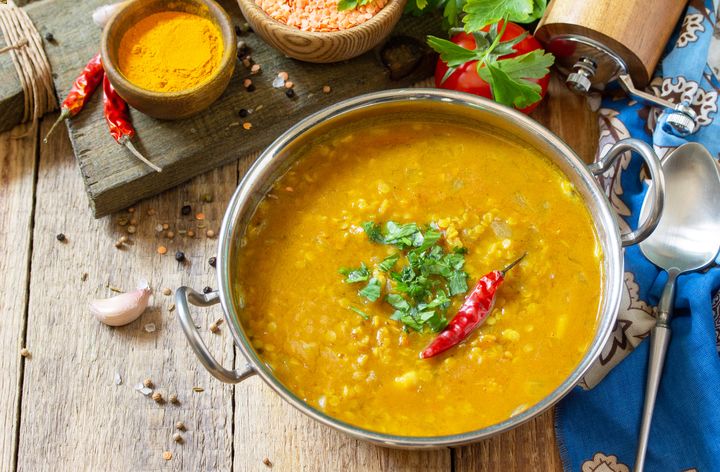
(Credit: Envato)
The masoor dhal shares similar spices as sambar, which is commonly known as Paanch Phoron (Indian Five Spice) which includes cumin seeds, fennel seeds, mustard seeds, fenugreek seeds and nigella seeds.
A Malaysian Quirk
Much like how Malaysia is probably the only place in the world that calls it roti canai, whereas it’s known as roti pratha everywhere else, we’re also extremely fond of just calling the accompanying stew dhal.
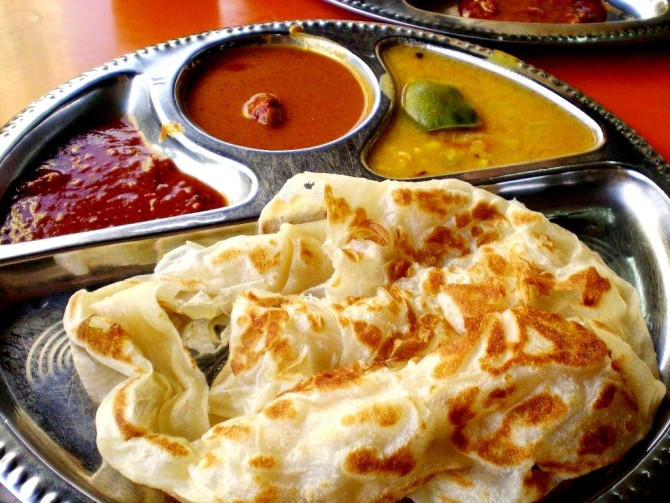
In fact, we’re not technically wrong in either case. The word ‘dhal’ simply means ‘split pulses, lentils in particular’. In short, ‘dhal’ refers to the main igredient– the legumes.
Of course, every establishment will have different ways of cooking their dhal. Some people like theirs a little more watery, some like theirs cooked down and creamy. In Malaysia, it’s especially common to just agak-agak it and not follow a true set recipe. So perhaps it does make sense to simply call our version ‘dhal‘.
In any case, Malaysians will happily shove it in our mouths anyway. After all, a dhal by any name will taste just as delicious.
Share your thoughts with us via TRP’s Facebook, Twitter, and Instagram.
Anne is an advocate of sustainable living and the circular economy, and has managed to mum-nag the team into using reusable containers to tapau food. She is also a proud parent of 4 cats and 1 rabbit.

